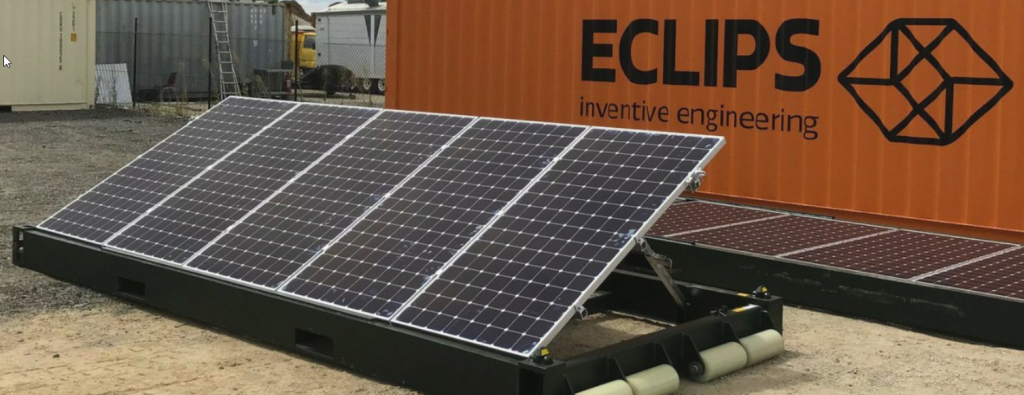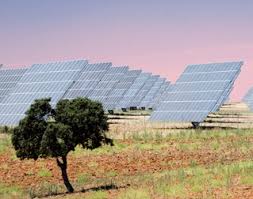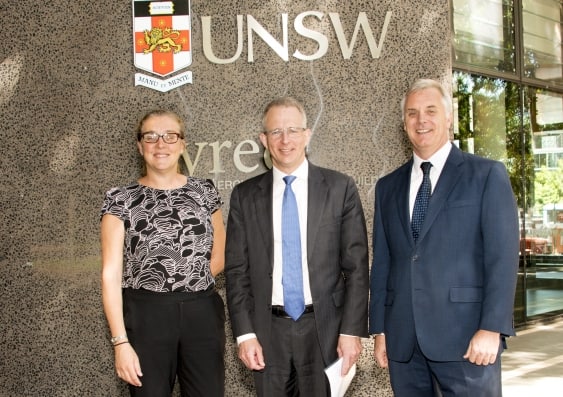ARENA (the Australian Renewable Energy Agency) have awarded a grant to ECLIPS Engineering to design, manufacture, and test its ‘diesel killer’ portable solar offering, the Container Roll Out Solar System (CROSS).
Container Roll Out Solar System – ECLIPS

ECLIPS Engineering (formerly Sea Box International) are a Canberra based engineering firm hoping to do their part to help Australia do away with diesel generators in situations where a temporary power supply is required. They have created factory assembled 20 and 40 foot long solar panel arrays which fit in shipping containers and have minimal setup / teardown time.
According to RenewEconomy, each 20ft unit has 2.1kW of power, and 7 of them can fit in a shipping container. The 40ft units has up to 4.3kW and can also fit seven to a container.
ARENA have given CROSS $703,468 to to help the project, which has aims more lofty than just replacing diesel generators at work sites – the Container Roll Out Solar System could also help in defence situations, disaster recovery, for humanitarian needs, or for ‘temporary network augmentation’ (i.e. helping the grid if it’s malfunctioning or under severe stress).
ARENA CEO Ivor Frischknecht spoke about funding the project, and how they hope to see an eventual replacement of diesel generators in 99% of cases:
“CROSS units can be deployed in off-grid and fringe-of-grid areas, displace or offset diesel consumption and improve the security of existing networks,” he said.
“These renewable options can reduce some of the barriers to entry for potential renewable power users in remote locations, including short project durations and where power systems need to be periodically relocated,” Frischknecht said.
“Renewable energy can provide an emissions-free, silent energy system that could replace diesel generators in the long run.”
We’ve already reported on the Maverick by 5B, which is another prefab, low-cost ground mounted solar array – it’s great to see some more options available to try and minimise the amount of diesel generators used as a temporary power supply.
We’ll keep you posted how the project goes and what the next steps are!





